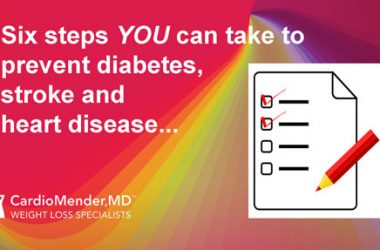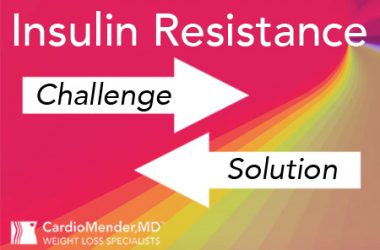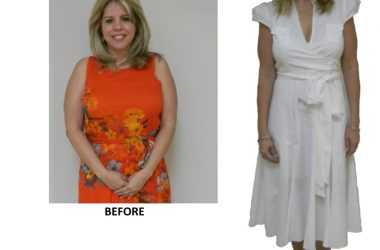The summer season in Florida means warm, humid conditions and intense UV rays beating on your skin and hair. While you may want to enjoy your time outdoors soaking up every bit of sunshine, it is crucial that you understand the risks associated with too much UV exposure. That being said, sunshine is critical for our bodies to produce Vitamin D with all of its health benefits and therefore like most things in life, we need to balance the amount of sun exposure we get.
There’s no better time to highlight the risks associated with UV rays than UV Safety Awareness Month! By learning the risks associated with too much sun exposure, you can implement the right precautions to protect you and your loved ones from UV rays while still enjoying the Florida sun.
Enjoy Summer in the Sun While Protecting Your Skin
There are plenty of ways you can still enjoy summer in the sun while also protecting your skin from harmful UV rays. Implementing these tips into your daily routine will help you maintain healthy skin.
Wear Sunscreen Daily
Wearing sunscreen daily is one of the best things you can do to protect your skin all year round. Unfortunately, many people think they only need to apply sunscreen when they are going to the beach or if they are going to be exposed to the sun for a long period of time. However, you should be applying sunscreen daily, even on cloudy days.
UV rays are always present. Whether the UV index is low or high, it is best to wear sunscreen daily, so you are protected from the sun’s detrimental UV rays. Sunscreen works by blocking these rays, which reduces your chances of getting a sunburn. Wearing sunscreen daily can also save you from years of visible damage later in life.
Limit Your Time in the Sun
Excess sun exposure can increase your risk of skin cancer, including melanoma, and can result in early signs of photoaging. Photoaging is when the sun prematurely ages the skin, causing wrinkles, pigment changes, age spots, and drooping skin. The sun’s UV rays are strongest between 10 a.m. and 4 p.m., so it is best to try to avoid being outdoors and exposed to the sun between these hours.
Before you resort to tanning beds to get darker skin, be aware that just one indoor tanning session can increase your risk of developing skin cancer, according to the American Academy of Dermatology Association.
Cover Up
Dermatologists recommend wearing protective clothing when exposed to intense UV rays. While long sleeves and pants may not be comfortable in Florida’s hot weather, there are plenty of different fabrics that feel light on your skin while also protecting your skin.
Your skin is the body’s first layer of defense, which should be a good enough reason to keep it protected at all costs.
We often overlook how damaging the sun can really be. Besides causing damage to your skin, the sun’s UV rays can also damage your hair. The UVA and UVB rays can cause damage to your hair by raising your hair cuticles and drying them out. This weakens the hair’s protein structure and reduces elasticity so your hair breaks more easily. Damage doesn’t just end there. Too much sun exposure can also burn your scalp which is a risk factor for developing skin cancer.
Fortunately, there are plenty of ways you can cover up and avoid both hair and skin damage. Sunglasses and a wide-brimmed hat are essential parts of your sun-protective wardrobe. Make sure your sunglasses offer UV protection. A wide-brimmed hat can be a simple yet effective way to protect your hair and cover up your face, ears, neck, and shoulders.
By taking these necessary precautions along with CardioMender, MD’s Vitamin D and HairMax Nails & Skin nutritional supplements, you can help to maintain protection from UV rays for yourself and your loved ones while still enjoying the sun and the outdoors safely.






